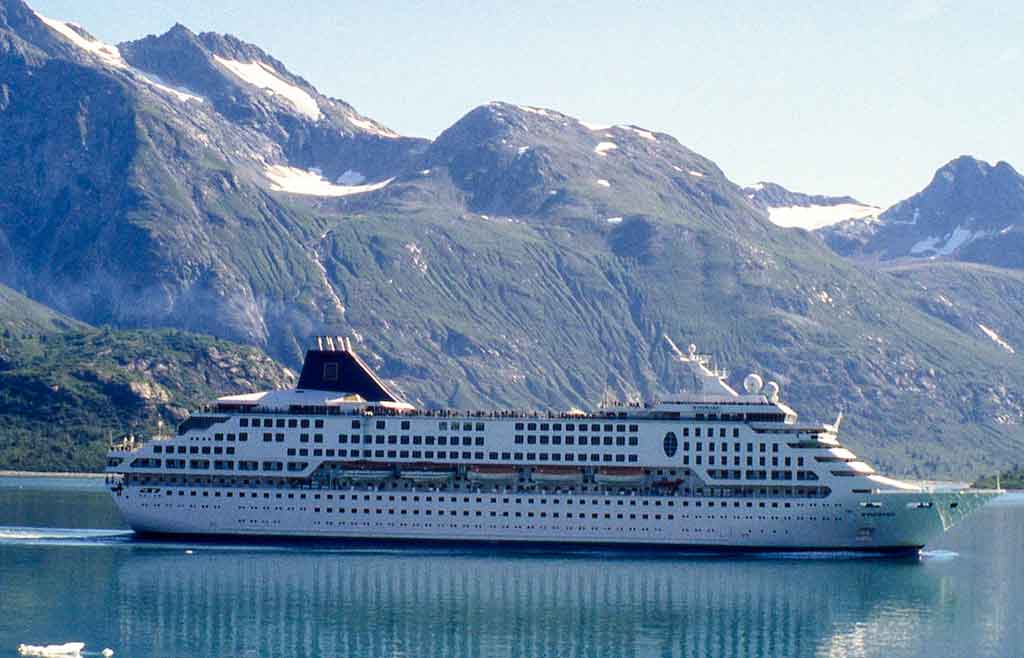I love cruising, but I’ve been seeing a lot of negative press lately saying cruises are detrimental to the environment. So, I decided to do a little investigating of my own.
I started by searching with the query “are cruises detrimental to the environment” and wow did I get results! After reading the headlines, I was surprised to find that I am such an environmentally irresponsible traveler. Or am I?
Podcast
Since so many people have begun listening to podcasts recently, I am making my blog posts available as podcasts. You will find the companion podcast, Are Cruises Bad for the Environment?, available on this website, or you can find it on your favorite listening platform where you can subscribe to it as well. You will find Every Great Adventure… begins as a dream on Apple Podcasts (i-Tunes), Spotify, iHeartRADIO, Overcast, Google Podcasts, Breaker, Pocket Casts, and Radio Public.
Friends of the Earth
When I started to read the reports, I noticed that a lot of articles and blog posts referenced the Cruise Ship Report Card from an organization called Friends of the Earth.
I went to their site and was rather surprised to see that they don’t do any original investigations. Nor do they reference any direct sources or data collected.
Ships are Graded
Friend of the Earth grades the cruise lines and specific cruise ships but neglects to explain how they come up with their grades. It appears to me to be somewhat arbitrary. Here is the statement directly from their website:
“For the 2020 Cruise Ship Report Card, we graded 18 cruise lines and 193 cruise ships of those 18 lines operating around the world. All cruise ships from each cruise line were included in this report card. Friends of the Earth relied on data gathered from the internet, government sources, the cruise line industry, and other public sources in order to determine the grades assigned to the cruise lines. Friends of the Earth did not independently verify that the technology graded in the report card was installed on the individual cruise ships.”
If they did reference any specific reports, I completely missed it.
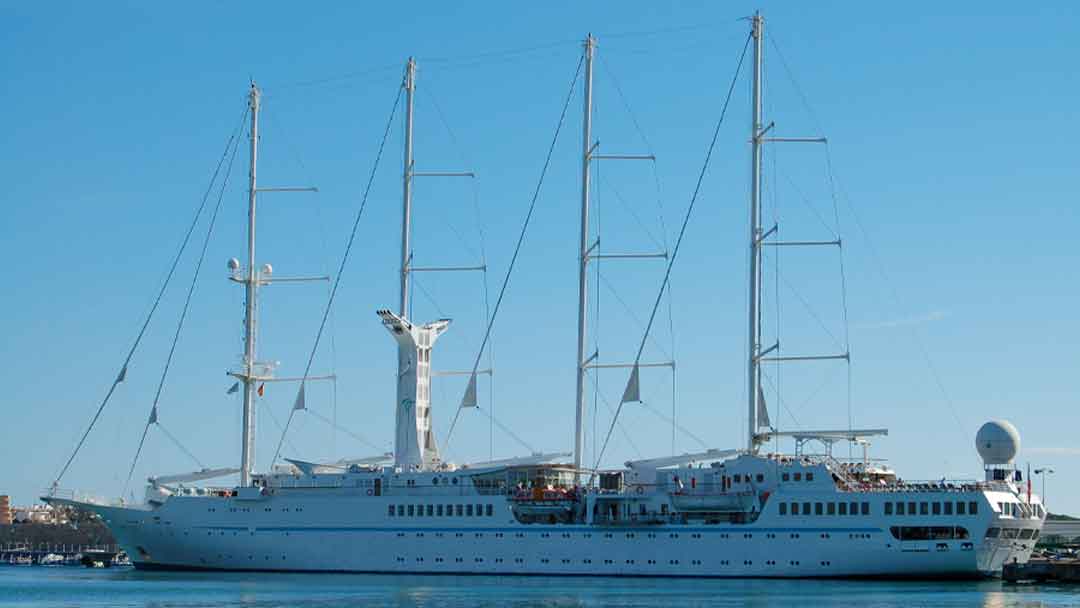
Air on Ships Worse than World’s Most Polluted Cities?
After digging a little deeper, I found multiple articles referencing another report. One headline read, “Air quality on Carnival Corp cruise ships can be worse than some of world’s most polluted cities.” The subtitle, “Air pollution levels put health of passengers, staff, port communities at risk according to report by Johns Hopkins University researcher.” This article was fairly recent, dated January 23, 2019.
I continued to read the first paragraph, “A new investigative report released today details the shocking findings of a two-year study exposing extremely poor air quality on four Carnival Corporation ships that can be worse that some of the world’s most polluted cities…”
Hmm, I thought, perhaps I should learn more about this, so I clicked through to the referenced report, and it did confirm something I have suspected all along. The air at the rear of the ship, when the engine is running, is of poor quality. But, if you’ve ever stood at the aft of the ship, downwind of the stacks, you know that. No report needed.
The Report
The report was actually a very well written ‘scientific’ report, based on collected data. The report studied emissions of Ultra Fine Particulates, or UFPs. And right at the beginning of the study, the author acknowledges that there are no internationally agreed upon standards for safe levels of such emissions, but it is generally agreed that “lower counts are better for health”.
This study used data collected between October, 2017 and November, 2018. It only took samples from four of the 87 ships owned by the Carnival Corporation (roughly 4.6% of the fleet). Additionally, the data was collected over a two year period, but only for 24 days and a total of 73.25 hours. To me, that sounds like a pretty small sample size, but I’m not a research scientist, so I can’t say for sure.
The other thing is that all four ships were built between the years 2000 and 2007, so they are some of the older ships in the fleet. I wonder if they sampled the air from newer ships if they might have found less particulates?
However, in addition to the small sample size, there were other things that made me question this study. It sounded as though the collections were made rather surreptitiously which made me wonder if all the data was collected in the same manner? How fast were the ships traveling? What was the wind speed? And, there was no mention of a baseline of the particulate matter for the air off the ship.
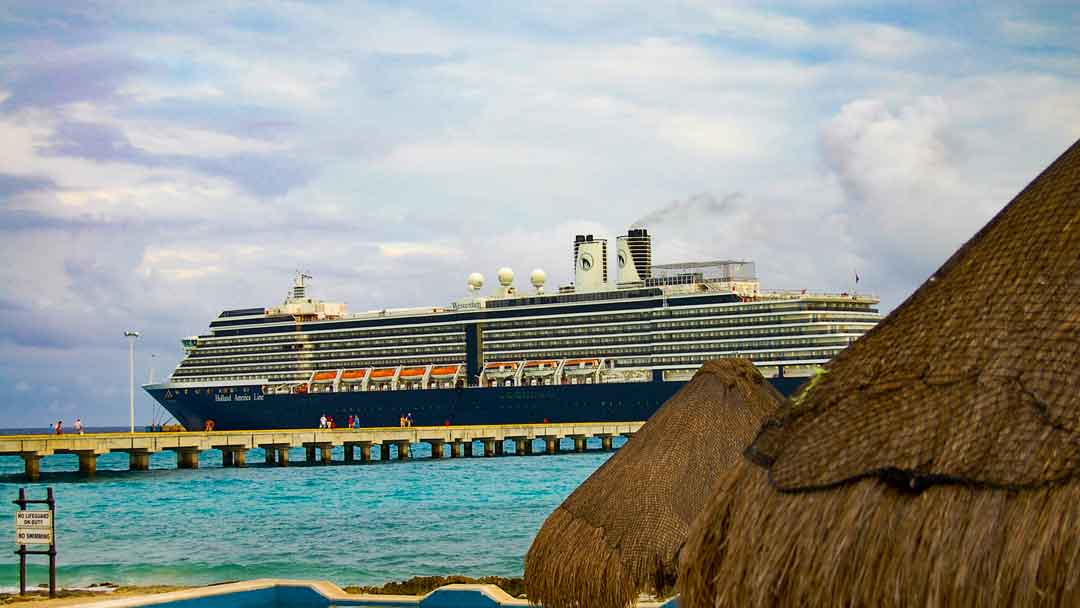
How Polluting are Cruise Ships?
My next online query was “How polluting are cruise ships?” Okay, this gave me shocking results. One article was pretty damning. I quote “Ships owned by Carnival Corporation emit 10 times more Sulfur Oxides than all European cars.” What?? Can this be true?
The article included a link, which I followed, to another page and here I read: “The results show that the luxury cruise brands owned by Carnival Corporation & PLC emitted in 2017 in European seas alone 10 times more disease-causing sulphur oxide than all of Europe’s 260+ million passenger vehicles.”
Then I found the link to a PDF of the study.
Study Based on Derived Data
What I found most interesting was that this particular study was completely based on derived data, no collected data.
I say ‘derived’ as there were no actual air quality readings used in the study. The data was derived based on assumptions of industry standards and laws regarding fuel quality and local requirements of the cruise ships. It did not take into account the age of the ships (which could mean updated technology), the mitigation factors being used on any particular ship, or if the ship hooked up to shoreside electricity while in port.
My interest was really piqued when I noticed that they based their calculations on the assumption that all the cars for the comparison were using diesel fuel.
If this was a study based on assumed emissions, why didn’t they just do the calculations using both diesel-, and gas-powered cars? It would have been easy enough to do. Yet, they didn’t. Perhaps the numbers weren’t as staggering if they did that?
More Concerns
What made me a bit more skeptical is that they say diesel cars have a better CO2 emission than gas powered but worse nitrous oxide performance. There’s no mention of sulfur oxide emissions which is what their shocking headline compares the production from cruise ships to cars.
Bottom line, the headline should, in my opinion, be worded that the results show emissions of luxury cruise brands owned by Carnival Corporation & PLC in 2017 in European seas alone are estimated to produce 10 times…
Yeah, but that’s not quite as titillating is it?
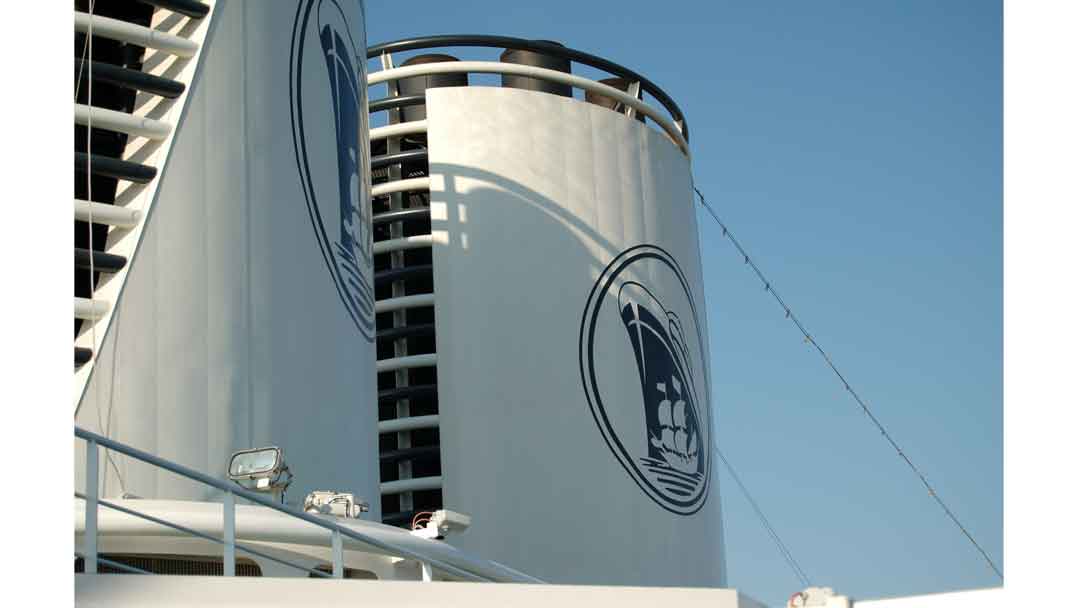
My Search Continued
I continued to query if cruises were detrimental to the environment using a variety of terms. Most often, what came up were old reports and data. It’s kind of hard to put a lot of faith in a report that is more than 10 years old, or one that references a book from 1996.
Now, you may be thinking, I don’t sound as if I want to believe any of the facts put forth in these studies.
Well, to that I say, you’re correct! And I’ll tell you why.
The Source of My Skepticism
One of my favorite classes I took in college was statistics. Now, I’m not a math whiz. And honestly, I’ve probably forgotten more than I remember from that class, but there is one thing I won’t forget. On the first day of class our professor told us “If you get nothing else from this course, remember this, you can make statistics show anything you want.” Anytime I hear or read a story with statistics, I recall that quote.
The upshot, I don’t fall for the headlines, or even articles that throw out statistics, without their being a detailed description of how the numbers were collected and more importantly, how those numbers were manipulated.
So, yes, I am skeptical of those studies. I know they showed what the writers wanted to show. Let’s face it, if they didn’t get the results they wanted they wouldn’t have published them.

Real Time Example
Let me give you an example, I just heard a “statistic” on the news last week. “One out of five people has lost a family member to COVID.” What? One out of five people in every family has died of COVID? That’s where my brain went first. But then I thought, wait a minute, 20% of our population hasn’t died from COVID.
I looked up the current numbers and did some quick math of my own. The US population is currently estimated to be 328.46 million. Current number of reported cases of COVID-19, 29.4 million or just under 9%. Number of deaths from COVID-19, 534,000 or roughly .16% of the population, not even two tenths of a percent. So how on earth they come up with the “fact” that one in five people have lost a relative or close friend to the virus, I don’t know. I just think about my own limited circle, and only five people that I know of have had COVID over the last- year.
I did some searching and found, what I believe to be, the source of the headline, and it’s a bit different. “A poll showed that one out of five people lost a relative or close friend to the pandemic.” That’s different than “one out of five people has lost a family member to COVID,” the headline I heard on the newscast. In actuality, it would be more accurate to say that “one in five people knows of a friend or relative who has succumbed to COVID.”
My Point
I’m not saying that COVID isn’t real, or deadly. I have stayed at home, received my vaccination, and continue to wear a mask in public. I do believe that the measures we have taken have helped to slow the spread of the disease, and I believe we still have a long way to go before we get back to normal. But, I’m just proving my point, that statistics, and headlines, can be deceiving.
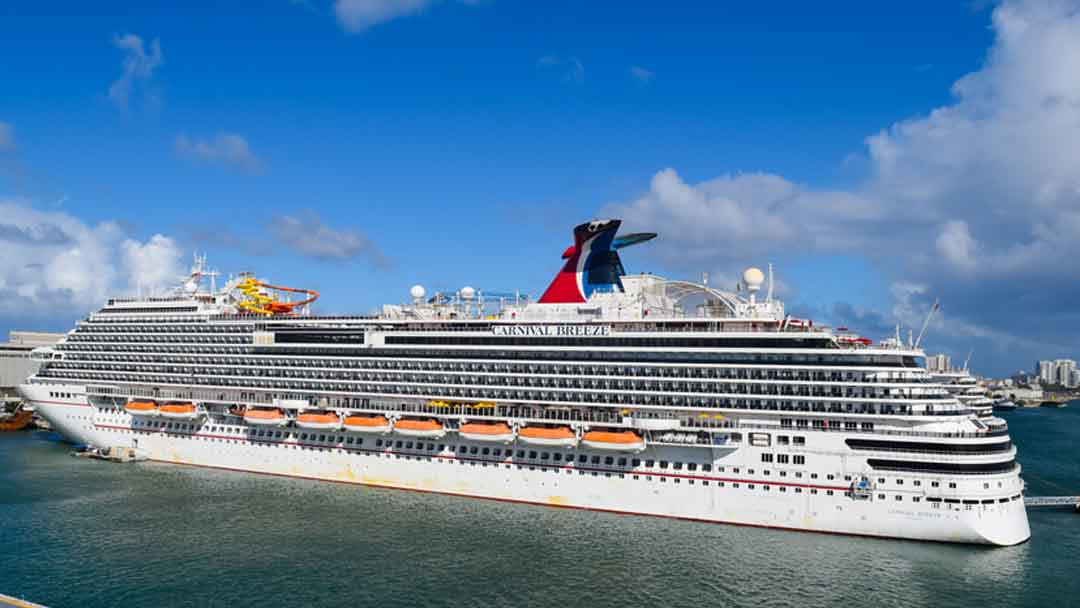
A Large Target
I also know people like to give big corporations a black eye. As the largest in the cruise industry, Carnival Corporation is often a target. They are made out to be major polluters of the earth, when in reality, cruise ships in total comprise less than 1% of the entire shipping industry.
What About New Technology?
You may be wondering, “Why haven’t the cruise lines updated their ships?” After all, technology has changed a lot in the past ten years. Well, it’s not quite that easy.
It Takes Time
Ships are built with the current technology available at the time they are designed. It then takes about a year and a half to build the ship. So by the time the ship is launched, the technology is about two years old. Unfortunately, at $500 million USD a ship, the cruise lines can’t just go and replace their entire fleet in a couple of years.
Older Ships
Older ships in the fleet may be retrofitted with newer technologies, but it’s not always possible.
Right now, the major cruise lines are retiring ships that were built in the 1990s. Some, but not all, of those ships are being scrapped. Some older ships are sold to much smaller cruise lines and continue to sail for many more years.
Long Lifespans
With the lifespan of a cruise ship being 40+ years, the cruise lines are continually updating their fleets and have made a lot of changes. In fact, if you read the corporate reports of the three major cruise entities, Carnival Corporation, Royal Caribbean Group, and Norwegian Cruise Holdings, you will see that they are putting billions of dollars into upgrading their ships and practices to be better stewards of the environment.
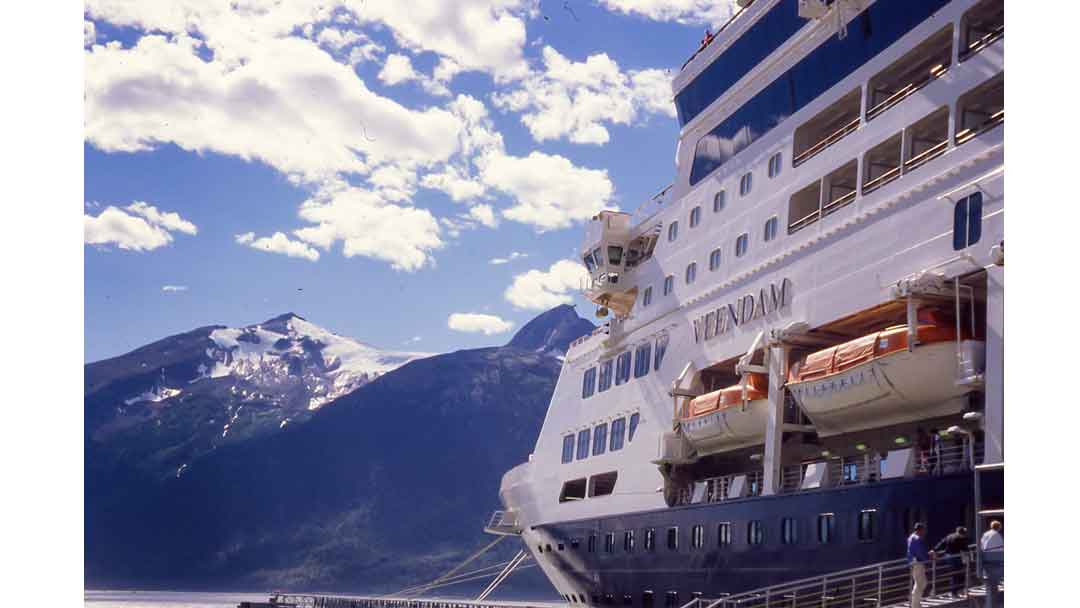
What’s Being Done Now?
Here are some of the things that are being done right now:
Cruise lines are using new technologies to improve their fuel consumption. Such things as low friction silicone hull coating, and bubble technology.
They also have the technology to study their itineraries in such a manner that they can optimize the speeds at which the ship travels during specific itineraries to enable them to reduce fuel costs and carbon dioxide emissions.
Those cruise lines which are members of Cruise Lines International Association (CLIA) have pledged to reduce carbon emissions in 2030 by 40% compared to 2008 levels.
Many cruise ships have installed exhaust gas cleaning systems on their ships which reduce sulfur oxide emissions by up to 99%.
Some older ships are being refitted and newer ships are being built with technology that allows them to plug into electrical systems at the ports they are visiting. This results in reduce engine usage, and consequently exhaust emissions while in port. (Unfortunately, at this time, only 14 ports worldwide are able to accommodate this technology.)
Liquid Natural Gas
Some newer ships have been built, waiting to enter the fleets, and more are being built which will utilize liquid natural gas (LNG) rather than diesel fuel. Liquid Natural Gas burns much cleaner than the diesel fuel the ships currently use and will reduce sulfur, nitrous oxide, particulate and greenhouse emissions.
Advanced Wastewater Treatment Systems
As for dumping waste into the oceans, the cruise lines have struggled. As late as the mid-2010s a couple of the major cruise lines were fined for dumping wastes. Whether inadvertent or deliberate, this is unacceptable. None the less, inroads are being made in this area.
Currently 70% of the fleet of CLIA member cruise lines use advanced wastewater treatment systems on board. 99% of the new ships on order will also utilize these systems. Advanced wastewater treatment systems utilize advanced tertiary-level treatment to generate effluent discharges often equivalent to the best shoreside treatment plants, well beyond international requirements.
Model Recyclers
On the plus side, cruise lines are model recyclers. When ships are refurbished many of the goods (for example, furniture) that are replaced are donated to charities. Cruise ships have become adept at recycling paper, cardboard and aluminum. Many cruise lines have nearly or completely eliminated the use of single-use plastics on board.
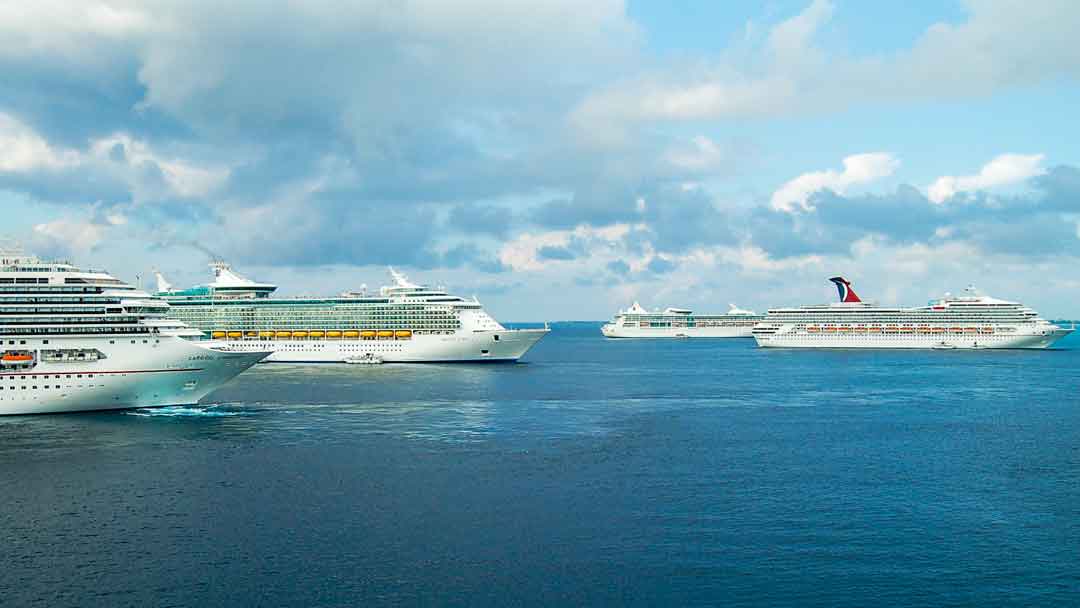
Cruises Contribute to Pollution
So, do cruises contribute to pollution? Absolutely. So does my car. The aircraft we fly in. The buses we use for public transportation, even the trains that some folks take to work on a daily basis. Everything we do has an effect on our environment in some way shape or form. I absolutely support efforts to mitigate the damage we inflict upon our environment in our daily lives.
Cruise Lines Do Care
I guess my biggest takeaway from all this is that the cruise lines are changing. They are working toward becoming more eco-friendly. Will they ever be good for the environment, no, but if they can continually find ways to harm the environment less, that will be better for all of us.
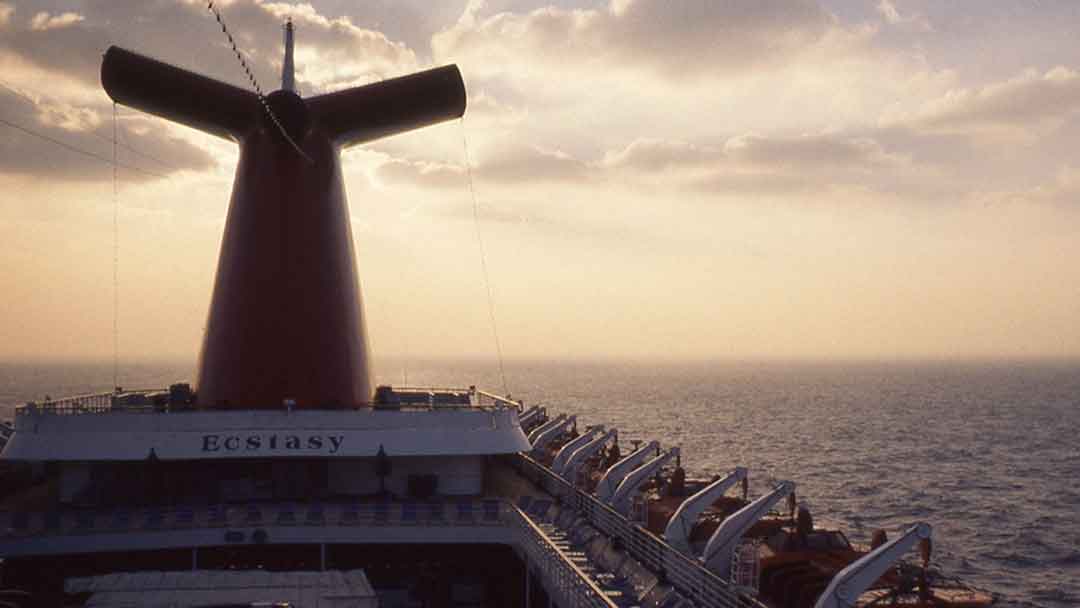
I know not everyone will agree with me on this topic. I’m also aware that I did not touch upon every area where cruising can damage the environment. But, I hope this post does at least give you reason to pause when you see data quoted in a headline or article, whether it supports your ideals or not. I’d love to hear your thoughts on this. Don’t forget to subscribe and share this blog post with your friends!
Recent Blog Posts
Destinations, travel tips, my thoughts on travel and more can be found in my blog posts.
Five Ways to Make a Safari More Affordable
You’ve been visualizing yourself on an African safari for ages and finally decided it’s time. But, the cost! Is it worth the expense? Don’t give up on that dream! I’ll explain a bit more about why it costs so much and suggest five ways to make a safari more affordable.
Shawshank Redemption Fans’ Ultimate Geek Out at Prison
It’s the ultimate geek out for fans of The Shawshank Redemption! Tour the filming site of The Shawshank Redemption, the Ohio State Reformatory in Mansfield, OH. A great way to spend a day and reminisce about your favorite scenes from the movie!
Staying at Bed and Breakfasts in Ireland; The Right Choice?
Have you always dreamed of driving around Ireland? Touring the Emerald Isle is a wonderful experience. Make your experience even more authentic by staying at Bed and Breakfasts in Irela
[convertkit form=1116972]
